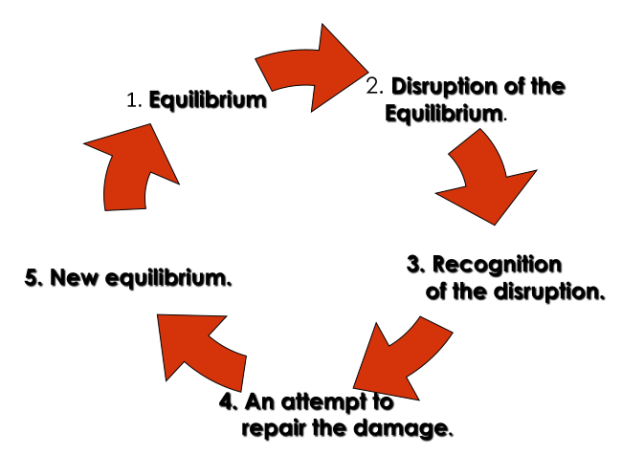The film opening sequence that I will be analysing is the opening
to Forrest Gump. This is a comedy-drama epic directed by Robert Zemeckis. The
film follows the life of the fictional character Forrest which
takes the audience through the many events that took place in 1960s America.
In the film’s opening sequence a single sequence shot is used to
glide around the town that Forrest appears to live. The camera tracks a white
feather as it blows through the air in the wind, due to this the majority of the
sequence is in the air and actual people are not visible on screen until nearing
the end of the sequence. For the duration of the tracking sequence the
colouring of the scene appears to be cold and gloomy. Eventually towards the
end of the opening sequence the feather finally settles on Forrest’s shoe. He
then picks the feather up and inspects it before placing it inside a book and
returning the book to his suitcase.
The white feather seems to be an odd object considering the
content in the film which leads people to believe the use of the feather was to
symbolize life. The way that the feather is blown into a different path compared
to the last with each tiny shift and interaction with the wind or the
surrounding traffic would have been used to show the randomness of life and to
demonstrate how other little events can change the direction of someone’s life.
This continues to be a theme throughout the film as the political events of the
1960s shape the character Forrest and result in the several different paths
that the audience are soon to be shown that he lived. In consideration, the
feather may not be symbolic of life in general and be a specific metaphor for
the life of Forrest. Towards the end of the sequence the feather settles by the
foot of Forrest before he picks it up and places it in his luggage, this is the
character taking ownership of the feather and thus taking ownership of its
metaphor.
 At the end of the tracking movement, the camera comes to a stop in
a close up of Gump’s feet. The shot reveals that he is wearing dirtied trainers
with red striped socks and trousers that fall above the ankles. The shot then
pans up to reveal the rest of the character, who is dressed smartly in a shirt
and suit jacket with neat hair. This camera movement enables the audience to
see the contrast between the character’s personality and what they are set to
do. The smart attire suggests that the character is about to commute to a
significant planned event, which is to meet his childhood friend Jenny after
years of being apart. This is contrasted with the scruffiness of his trainers
and the abnormal pairing of the brightly colours socks as well as the shorter
trousers, which give hints to Forrest’s somewhat absent minded nature.
At the end of the tracking movement, the camera comes to a stop in
a close up of Gump’s feet. The shot reveals that he is wearing dirtied trainers
with red striped socks and trousers that fall above the ankles. The shot then
pans up to reveal the rest of the character, who is dressed smartly in a shirt
and suit jacket with neat hair. This camera movement enables the audience to
see the contrast between the character’s personality and what they are set to
do. The smart attire suggests that the character is about to commute to a
significant planned event, which is to meet his childhood friend Jenny after
years of being apart. This is contrasted with the scruffiness of his trainers
and the abnormal pairing of the brightly colours socks as well as the shorter
trousers, which give hints to Forrest’s somewhat absent minded nature.
The colouring of the opening sequence is also suggestive of
Forrest’s personality as the scene is made to look dark, gloomy and cold
whereas his bright red, blue and beige costume opposes it. This is used to show
the character as different to what is the norm and show him as an outsider due
to his goofy personality.


